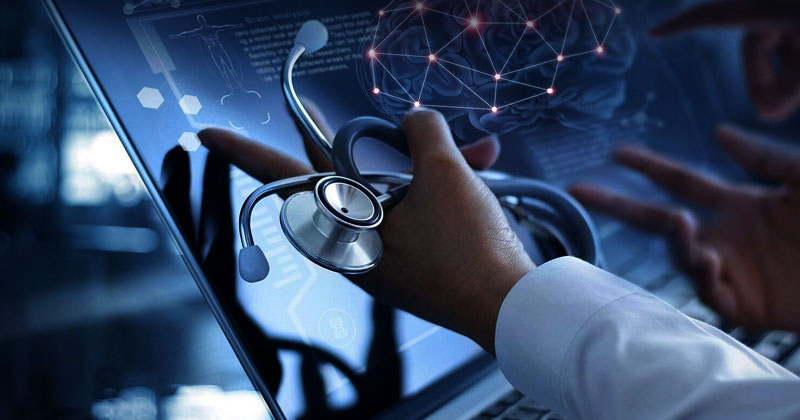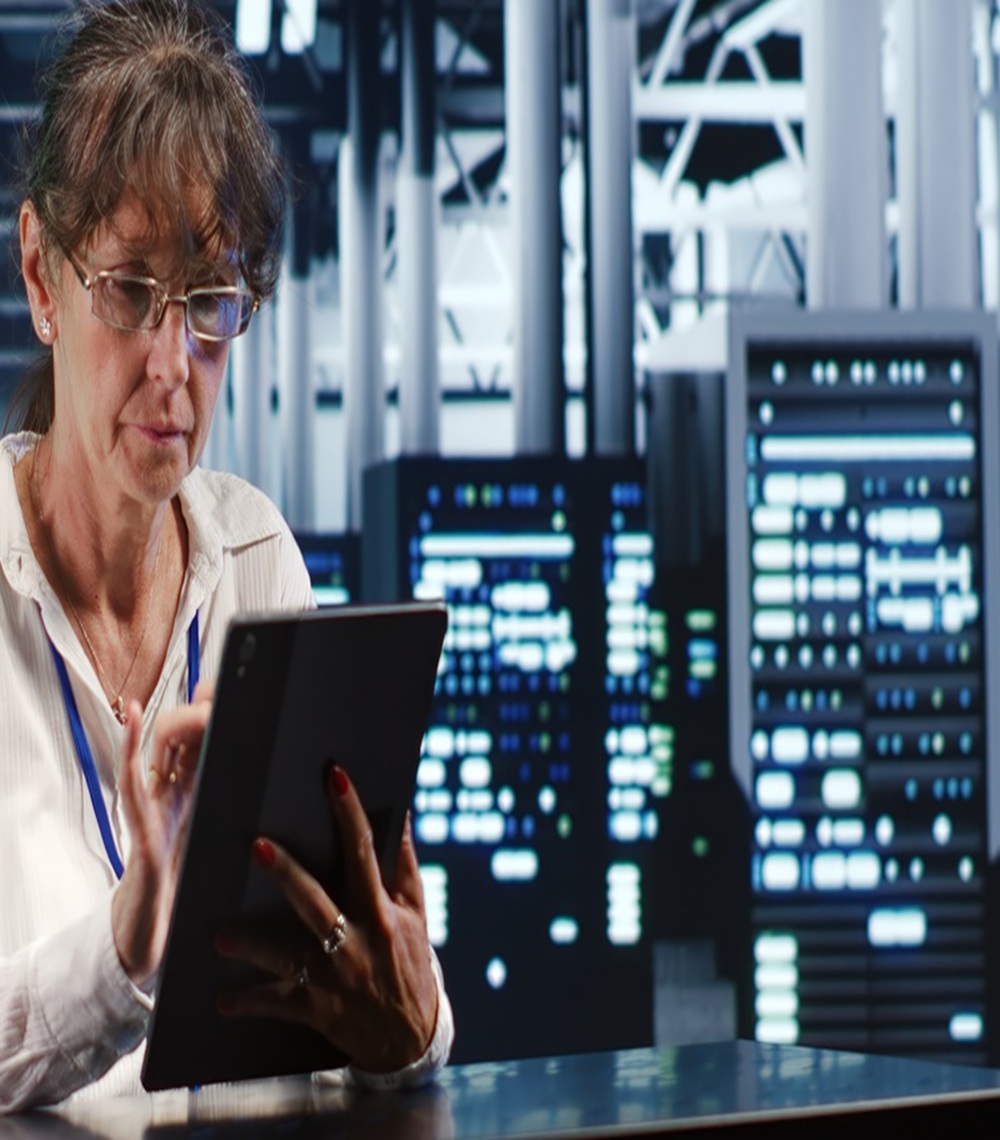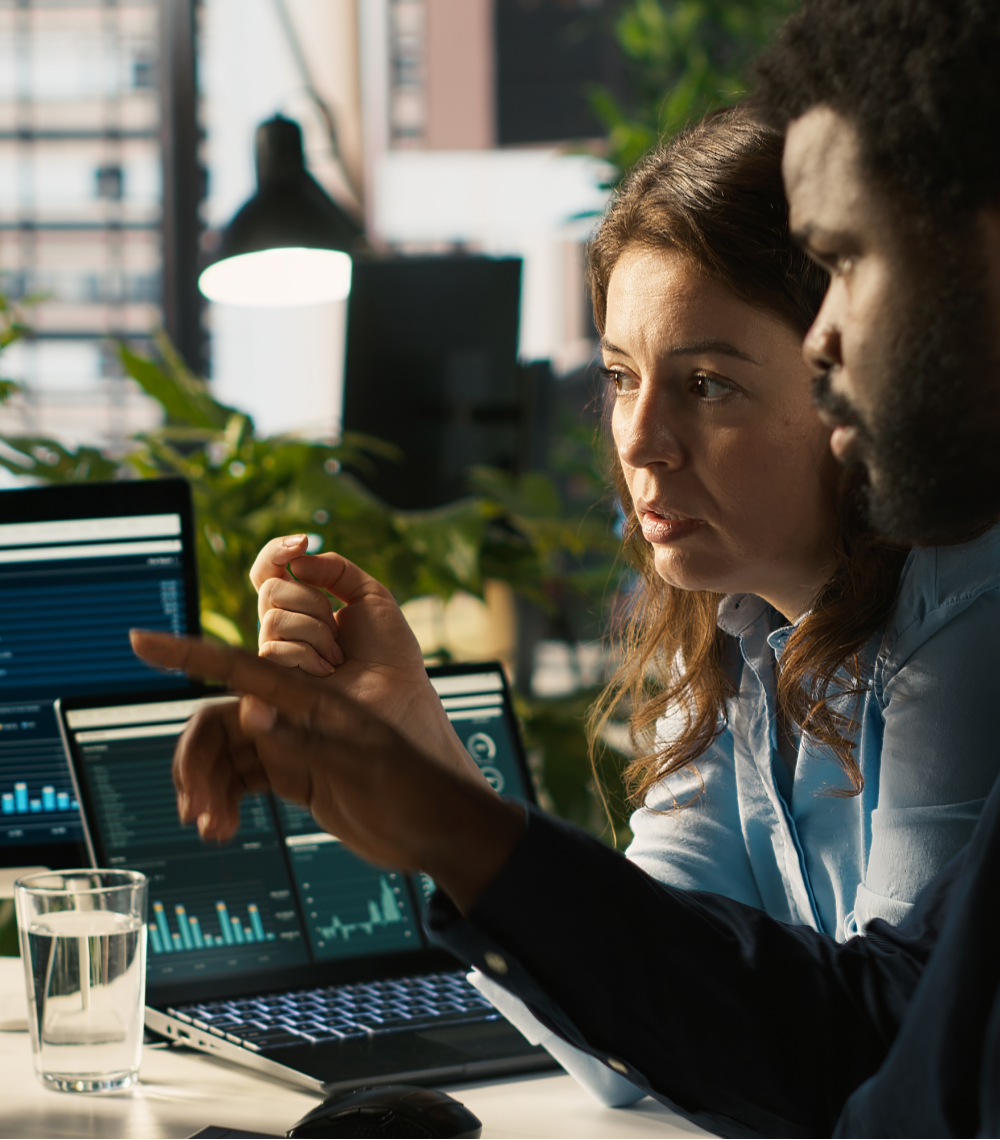
Given the impact of big data, the medical sphere has undergone substantial transformation. This revolution has resulted in a fundamental shift in how even the most basic health monitoring processes are carried out. This trend is ascribed to big data principles orchestrating the organization and analysis of unstructured data.
Did You know?
- Healthcare institutions are expected to examine extensive volumes of patient information, foreseeing an annual growth rate of 36%.
- The healthcare wearable technology sector is on track to achieve a value of US$34 billion in 2023. These gadgets continuously track patient well-being, enabling early identification of medical problems, remote patient surveillance, and enhanced disease control.
- The field of data science is transforming the drug creation process, potentially leading to a 35% decrease in drug development expenses by 2023.
Healthcare getting a transformative impact with Data Science
Due to the integration of data science, the healthcare sector is undergoing a revolutionary transition, profoundly reshaping healthcare provider operations, researcher methodology, and patient care paradigms. Listed below are some key applications of data science in healthcare:
- Predictive Analysis: Using data science approaches, the healthcare domain can examine large healthcare datasets containing patient records, demographic information, and medical histories to uncover trends and predict future results. This makes it easier to forecast disease development, identify high-risk patients, and develop personalized treatment strategies.
- Genomics: Data science's function in healthcare also includes mapping and analyzing genomic sequences. Data scientists specializing in genomics examine gene strands in search of anomalies.
- Electronic Health Records (EHR): Data science approaches can be used to manage and analyze EHRs in order to extract valuable insights, discover trends, and support clinical decision-making. Developing clinical decision support systems that provide evidence-based therapy recommendations is part of this.
- Diagnostic Medical Imaging: One of the most common applications of data science in the healthcare sector is the use of medical imaging to detect interior illnesses. Medical imaging techniques that have gained widespread use include X-rays, MRIs, and CT scans, which are aimed at visualizing the inner architecture of the human body. By using the potential of medical data science, healthcare providers may provide substantially more exact diagnoses of patients' diseases than traditional approaches.
Primary Tasks Undertaken by a Healthcare Data Scientist
To efficiently manage large datasets, healthcare data scientists interact with software systems. This necessitates a combination of technological expertise, a solid understanding of probability and statistics, and a thorough understanding of how data integrates into many aspects of the healthcare sector. Furthermore, having logical reasoning skills and a real desire to solve problems is advantageous.
Healthcare data scientists are responsible for the following tasks:
- Data governance: The process of segmenting and organizing large amounts of data into smaller units based on their contextual value.
- Data distribution: Refers to the sharing of reports and data segments with the right persons or teams in order to promote deeper analysis or quick application.
- Database administration: Entails expertly navigating and retrieving critical data from storage repositories while being alert to any cybersecurity breaches or unauthorized access attempts.
- Data contextualization: Understanding the data's inherent role—its intended purpose and alignment with the goals of the appropriate agency or organization doing data analysis.
- Report and dashboard creation: Develop analytical reports and user-friendly dashboards that provide quick access to relevant data in a clear and concise manner.
Healthcare and Data Science Challenges
Using data science in healthcare can improve patient outcomes, operational efficiency, and medical research. However, it also raises certain obstacles that must be addressed in order for it to be implemented successfully.
- Capturing clean data: Healthcare information is gathered from different places and in various forms, like structured data, pictures, videos, paper records, digital records, and more. Getting data that is correct, reliable, complete, and well-organized for different systems is a big problem for organizations. Doctors, public health experts, employers, insurance companies, social communities, and patients all collect data, but there's no attempt to connect this data. Because of this, we don't get a clear picture of a patient's health journey.
- Disjointed care: Most data comes from different sources and lacks structure. Improving EHR systems to be smarter and more compatible is a challenge. Protecting patient, staff, billing, and performance information is crucial. Certain data sets, like patients' vital signs, are regularly updated while data like residence or marital status, might change only a few times in a lifetime. Providers need to distinguish between manually and automatically updated data to prevent user disruptions and data quality issues. Dealing with unpredictable data changes can be tough for organizations that don't consistently manage their data. Avoid making duplicate records while updating information to ensure clinicians can access vital data for patient-focused choices.
- Data visualization: Today, data often needs interactive graphs to be impactful. However, gathering information from various sources for reporting is frustrating. Effective data visualization can help providers understand information better. Color coding, like red, yellow, and green for stop, alert, and go, is a popular strategy for quick understanding. Health organizations often overlook good data presentation practices. Interactive dashboards with proportionate charts and clear labels are important. Complex flowcharts with crowded text and poor graphics can confuse and mislead users.
- Data security: Several incidents have marked the vulnerability of healthcare data. HIPAA requires the protection of around 18 forms of PHI, yet retaining data's analytical usefulness is difficult. The HIPAA Security Rule addresses PHI storage security measures such as authentication, transmission security, access controls, and audits. Despite strong security practices such as antivirus and encryption, data is still vulnerable due to complex access limits.
Solutions to Healthcare Data Science Challenges
Each challenge is accompanied by solutions, and this holds true for challenges in applying data science to healthcare problems.
- Using patient journey insights and patterns of disease, predictive analytics provides effective healthcare. It improves therapy, lowers expenses, and increases efficiency. It is critical to have access to high-quality data from both external and internal sources. By grouping relevant categories, providers may optimize data collection and ensure meaningful downstream analysis.
- AI and ML algorithms require accurate, error-free data that is free of redundancies in order to produce reliable results. This allows physicians to gain real-time prediction insights associated with patients' health histories, allowing for more precise treatment decisions. As a result, in order to improve data quality, healthcare organizations (HCOs) should prioritize data governance and master data management solutions. Interdisciplinary teams can help to break down obstacles that impede healthcare services, processes, and physicians, thereby enhancing overall care.
- Data visualization illuminates crucial insights in the healthcare industry, facilitating the recognition of patterns and correlations while enhancing the significance of data analysis. Examples of informative visualizations encompass interactive infographic dashboards, bar charts, pie charts, heat maps, and histograms. Each of these visual elements serves a distinct purpose in presenting concepts and information effectively.
- Cloud data lakes make it simple for healthcare organizations to execute analyses on data from several sources. The HIPAA also specifies a few security measures that organizations must implement to ensure privacy and security. A suitable balance must be struck between protecting data privacy and using patient data for creation analysis.
Final Thoughts
Healthcare and data science together are progressing toward a bright yet successful future. While addressing the benefits that data science brings to healthcare, it is also important to not ignore the challenges that come along. Overcoming these challenges will help pave the way for more accurate diagnoses, personalized treatments, and efficient healthcare delivery, ultimately leading to improved patient outcomes and a more robust healthcare system.
































